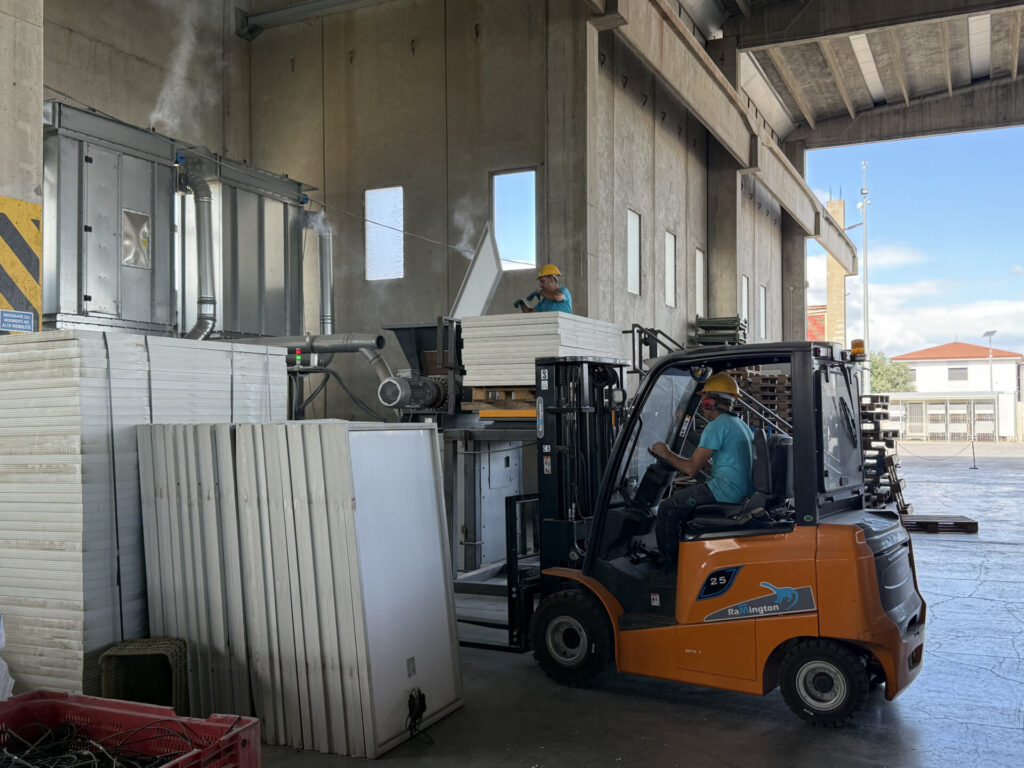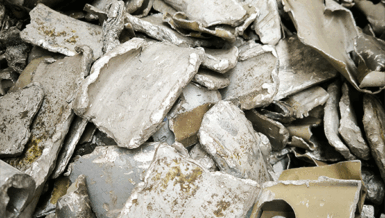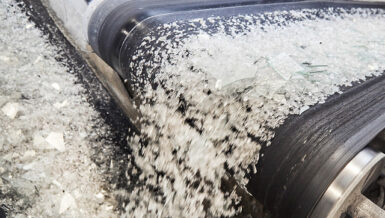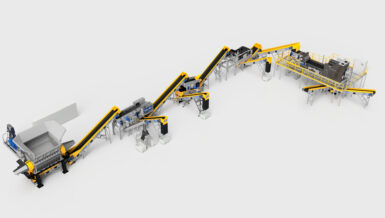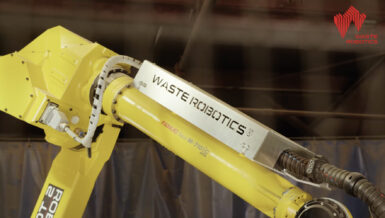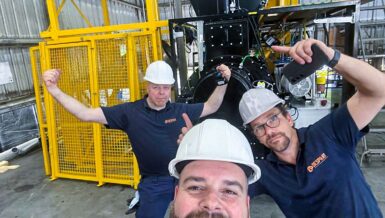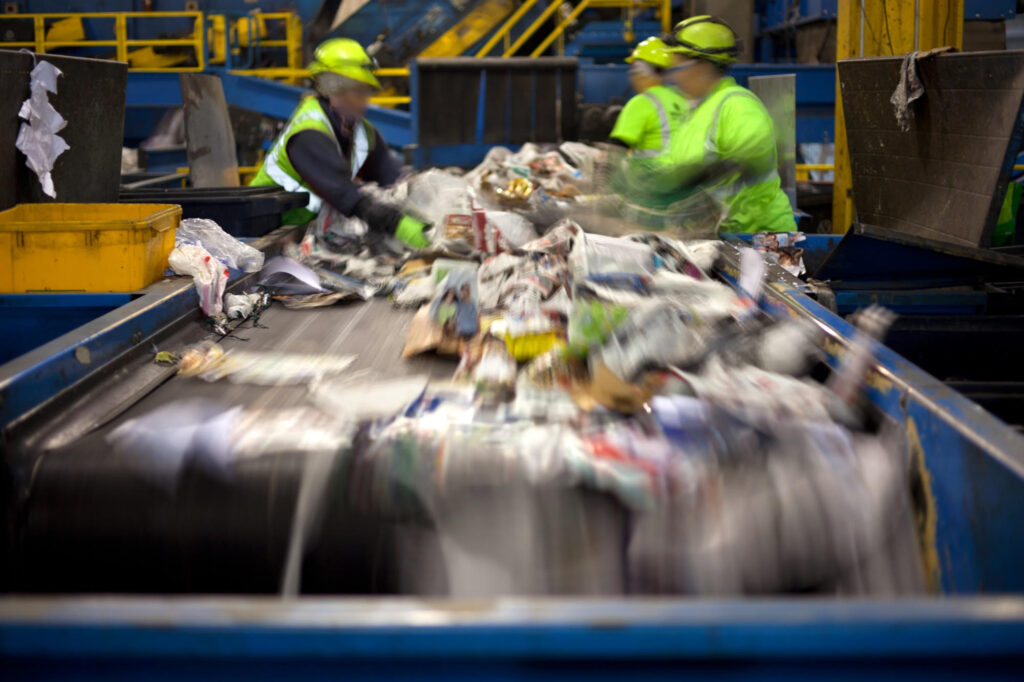While solar energy is a sustainability success story, its first major wave of installations is now approaching decommissioning age. Managing this waste stream is both an environmental necessity and an economic opportunity.
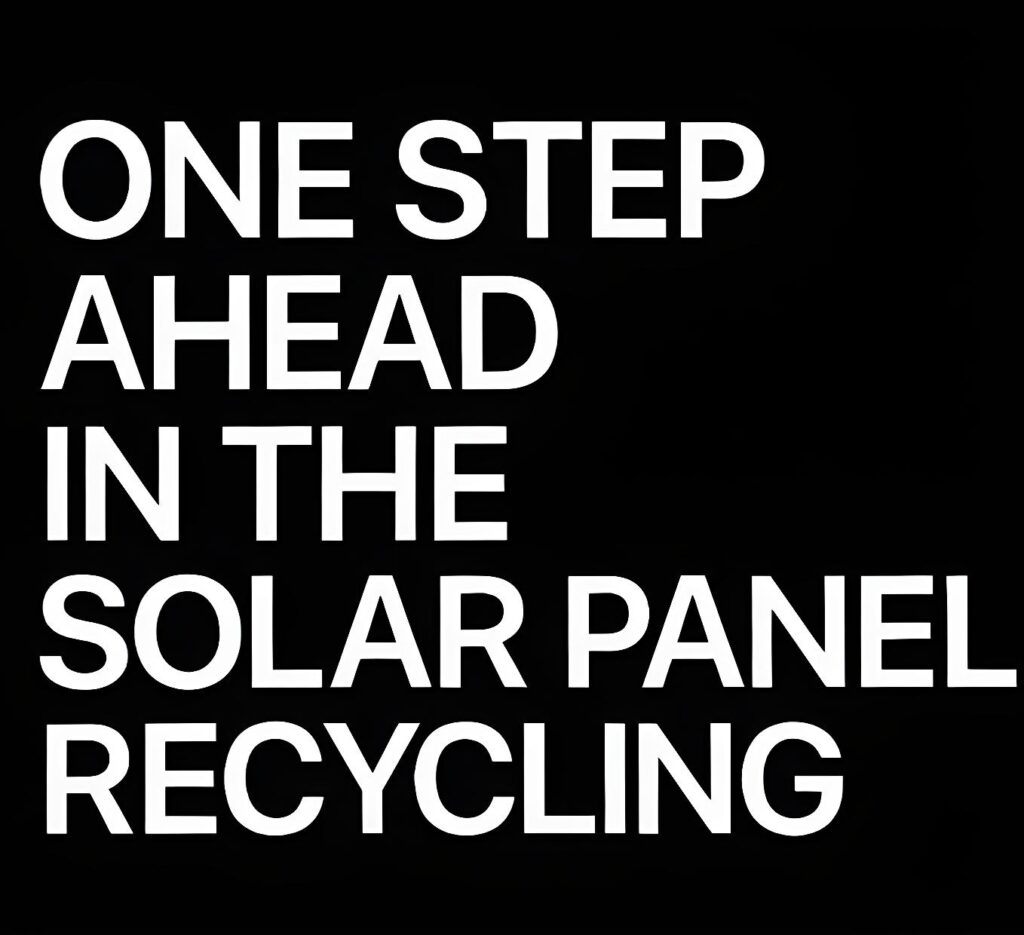
Why Recycling Solar Panels Matters
PV modules contain valuable materials, most notably glass (65–70%), aluminium (10–15%), plastics (about 10%), and smaller fractions of metals such as copper, silver, and tin.
Among these, aluminium is particularly attractive to recyclers. Its market value is high, and remelting secondary aluminium provides up to 95% energy savings compared to primary production from bauxite. The environmental benefits are equally striking: producing aluminium from scrap generates only about 5% of the greenhouse gas emissions of virgin production.
The key challenge has always been quality. Aluminium recovered from PV panels often contains plastics, glass, or ferrous residues, making it unsuitable for direct reuse. Traditional processes therefore require additional treatment, which reduces profitability and complicates logistics.
Stokkermill’s Answer: Efficiency and High-Quality Fractions
This is precisely where Stokkermill Recycling Machinery steps in. The Italian company, recognised globally as a designer and manufacturer of advanced recycling systems, has developed a mechanical, modular process that maximises material recovery while ensuring consistent quality.
With Stokkermill plants, operators can:
- Shred complete panels without prior manual dismantling.
- Magnetically separate ferrous fractions.
- Screen, aspirate, and apply eddy current separation to liberate glass, aluminium, plastics, and non-ferrous metals.
- Refine aluminium into a furnace-ready proler fraction compliant with European foundry standards.
The outcome is a clean flow of secondary raw materials:
- Glass suitable for reintroduction into glassworks.
- Aluminium processed into furnace-ready proler.
- Copper and other conductive metals, channelled to metallurgical industries.
- Plastics and light fractions that can be directed to energy recovery.
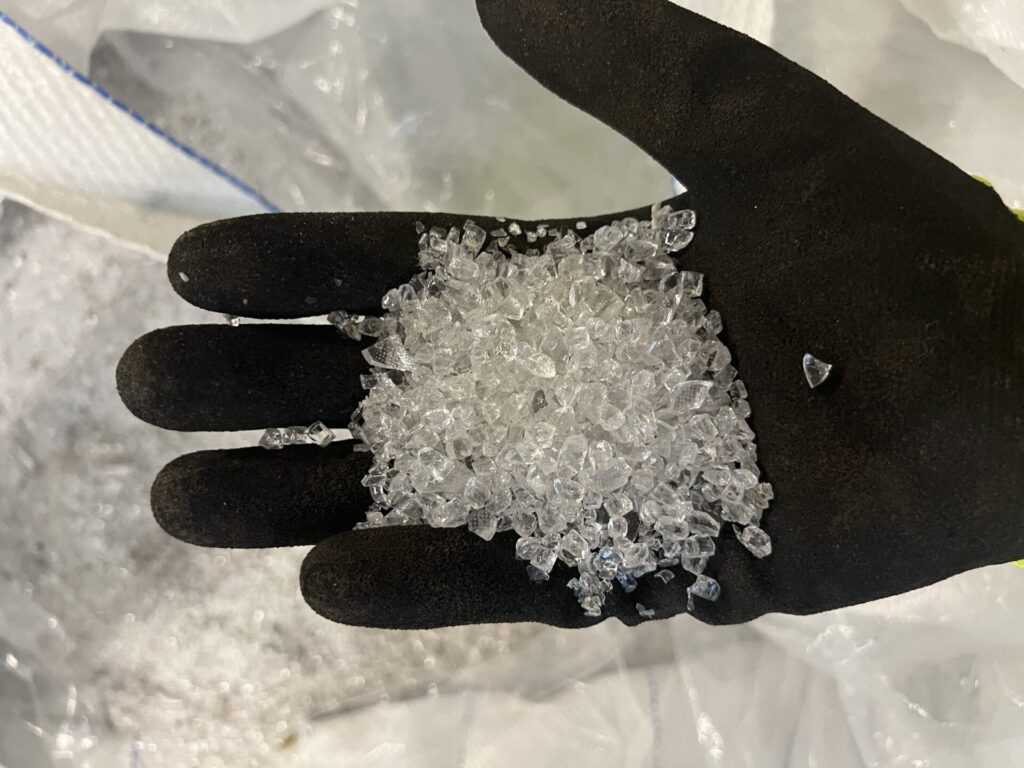
Aluminium Proler: The Real Game-Changer
The highlight of Stokkermill’s technology is the production of aluminium proler—a ready-to-melt fraction specifically designed for foundries.
Key characteristics include:
- Uniform size (40–80 mm), ideal for furnace feeding.
- Absence of contaminants, thanks to advanced separation technologies.
- Optimised density, which simplifies storage, transport, and melting.
In practice, this means recyclers can deliver aluminium directly to foundries without any additional processing steps. The benefits are substantial:
- Higher selling prices compared to mixed or contaminated scrap.
- Lower logistics costs, as dense, uniform proler is more efficient to handle.
- Improved competitiveness, enabling recycling plants to supply a fraction with strong and stable commercial value.
The “furnace-ready” concept has become crucial. Foundries increasingly demand consistent, reliable, high-quality scrap to reduce production costs and meet sustainability targets. Stokkermill’s proler technology meets exactly this need.
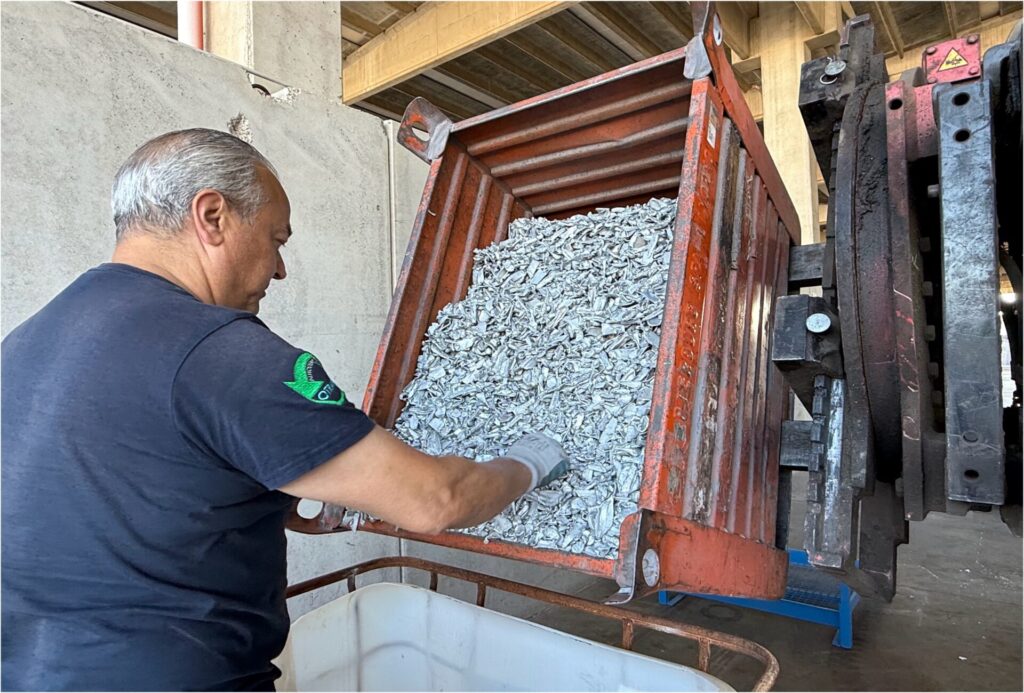
Environmental and Economic Impact
Recovering aluminium in furnace-ready form provides a double dividend:
- Environmental gains: CO₂ emissions are drastically reduced, and aluminium can be recycled indefinitely without loss of quality.
- Economic value: recyclers transform a complex waste stream into a resource with strong market demand.
For every tonne of PV panels processed, a Stokkermill plant recovers 120–150 kg of aluminium proler. Considering the expected flood of end-of-life PV modules in the coming decade, the potential—both economic and ecological—is enormous.
Scalable, Reliable and Designed for Industry
Another strength of Stokkermill’s approach is scalability. The company offers systems ranging from compact lines for smaller operators to industrial-scale plants with capacities of 1,500–4,000 kg/h.
Core advantages include:
- Process automation, reducing labour costs.
- Flexibility, with the ability to handle WEEE and other waste streams in addition to PV panels.
- Low energy consumption, making recycling economically and environmentally sustainable.
- Compact design, which minimises footprint and installation costs.
- Mechanical reliability, ensuring continuous, long-term operation in demanding industrial environments.
Several facilities in Europe are already applying Stokkermill solutions, processing thousands of tonnes of PV modules and supplying aluminium proler directly to foundries. The technology is proven, not theoretical.
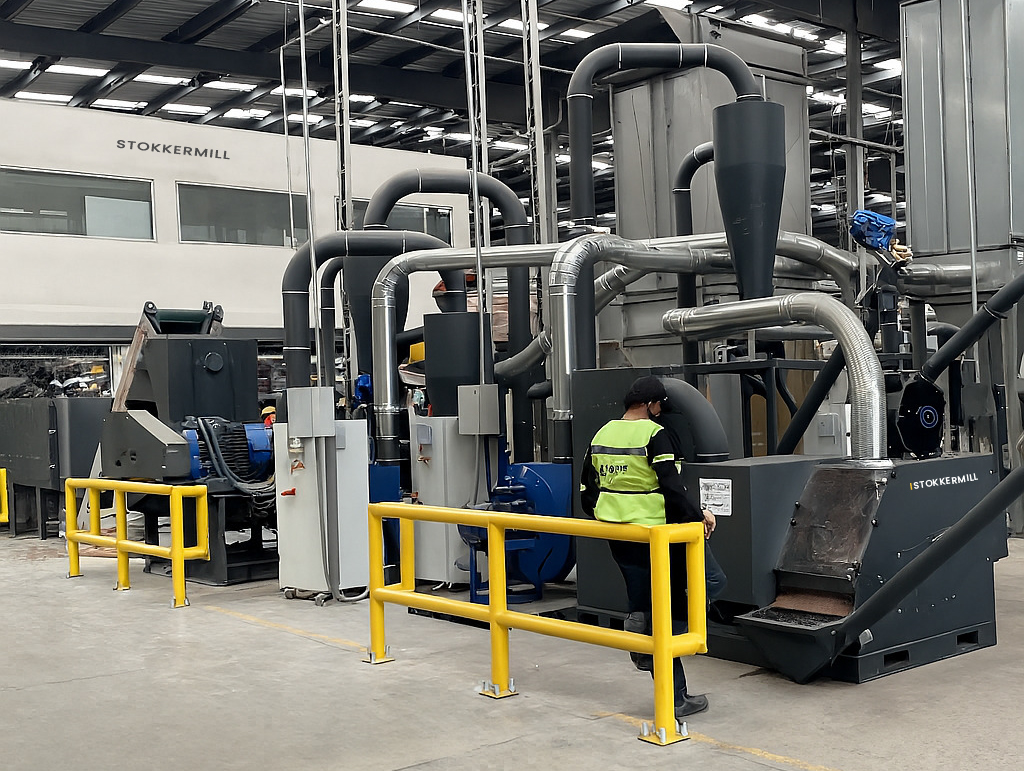
Driving the Circular Economy Forward
As Europe intensifies its commitment to circularity, solar panel recycling will become a strategic industry sector. By focusing on value creation rather than mere disposal, Stokkermill’s technology demonstrates how recycling can drive profitability and sustainability at the same time.
Aluminium proler is the cornerstone of this approach: a fraction that is immediately reintegrated into industrial production cycles, creating a closed-loop system that reduces dependence on primary resources.
In this sense, Stokkermill’s plants are more than just recycling equipment—they are tools for circular transformation, turning an emerging waste problem into a long-term business opportunity.
Conclusion: Turning Waste into Value
The first major wave of solar panels is reaching the end of its life, and with it comes both a challenge and a chance. Europe must be ready to manage millions of tonnes of PV waste, and the industry will increasingly depend on technologies capable of extracting value, not just eliminating waste.
With its innovative, furnace-ready aluminium proler solution, Stokkermill positions itself as a benchmark in this evolving market. By combining sustainability with profitability, the company offers recyclers a clear path forward: transform discarded solar panels into resources of immediate value, and in doing so, contribute to a greener, more circular industrial future.


